For a lot of us, we are heavily dependant on systems in place to be sure that we have our food in stores, clean tap water, grid power and other conveniences that we’ve come to take granted in our everyday lives. But what happens when we lose those things, say for instance in a natural disaster? What do we do when the modern world switches off? And what prepper gear should we stock to keep those modern comforts?
This idea alone was the reason I started prepping in the first place, it was my experience in a flood that made me realize how much I have taken for granted the systems that are controlled by so many others, from transport industries with food and fuel, to power plant operations and clean water. All of this is daily life norms, but when they are switched off, it’s something I was never prepared to deal with.
In my humble beginnings as a prepper, I started off a very small list of prepper gear, with a simple emergency kit of three-days worth of water, food, candles, batteries, flashlight, toilet paper and a radio. Easy right? But then I digressed in other methods of preparedness such as:
- Knowing what to do when there’s an active shooter on the loose
- What to do when I’m lost while hiking
- What to do in a financial collapse
And so on and so forth. We’d be here all day if I was to write a complete list of ‘what if’ survival scenarios. But in that time of looking at all of the likely options that could affect my lifestyle, I further developed my meager three-day emergency supply into more of a developed prepper supply. In that time, I have found that there is some prepper gear I completely rely upon and use all of the time, and there are some that I don’t.
For those that prefer to stuff all of their survival gear in a bug out bag and leave home, it’s not what I have in mind by writing this. These items also don’t cover prepper foods, they are just 8 types of prepper gear that I have acquired and have found other preppers also use just as much as I do. That, and they cover those basic needs for when the modern world hits a speed bump.
8 Essential Prepper Gear Items To Prepare For The Worst
1. Countertop Water Filter
Almost every prepper and American family has a countertop water filter. I would even go so far as to say most of those that do have a filter would have a Big Berkey. It seems they are the primary provider of countertop water filter systems just through sheer force of their brand.
I have had my own Big Berkey system for at least five years now. Even if I have friends over who have no idea about prepping, they are interested in it for the fact that it provides clean, healthy, filtered water. I use the Big Berkey specifically because it uses a high standard of filtration to remove bacteria, parasites, mercury, lead and the high amounts of chlorine that is in my local drinking water and I don’t have to change the filters as much as I do with other filters. Safe to say, once people start filtering their water they notice the taste difference straight away.
If worse came to worse and I had to leave the house, this would probably be one of the things I would throw in the car just because it filters treated and untreated water, so if I was camping outdoors and unsure of the water, I could easily filter large amounts of water. Of course, some would prefer to use a Lifestraw or Sawyer filter, but they are small devices that are only really suitable for hikers or survivalists who are expecting to travel on foot for long distances.
For me, I like a lot of clean water. That, and I have grown used to the taste of the water it provides, especially as it removes that heavy chlorine taste that some areas have.
2. Power Generator
One of the first things to go in any disaster, or even just on a stormy night, is the power. Every standard family household has go-to flashlights and candles, as blackouts are an occurrence in every corner of the world (some areas more than others, of course). But for preppers, the answer to that problem is a generator. The only question is, will it be electricity or fuel-based?
There are a couple of options here. First, I will go with what I use. I recently moved from using a 100w Paxcess battery to use a much bigger EGO Power+ PST3040 3000W Nexus Portable Power Station which is more capable of powering most household items. While I found the Paxcess really good to use as a backup power source for camping, or for working outdoors, I found that it only powered a few items. EGO Power+ PST3040 3000W Nexus Portable Power Station is much more efficient at powering most of our home needs and is an effective competitor against fuel systems but is much more efficient.
As for the solar panels, I use its Nexus Solar Panel Charger, which connects to the generator giving it a pretty quick charge, given the right amount of sunlight. I have used these in conjunction with each other a number of times in different scenarios and have to say that together, they are worth the investment. In fact, the two of them together are still cheaper than most quality generators and are more sustainable to run.
If you want to keep the entire home running without any disturbance during a power out situation, there is a huge 20,000w home standby generator by Kohler powered by natural gas or propane and is an asset to a property and starts whenever the power goes out. However, these are quite an investment. There are options for cheaper generators that use fuel such as a Champion 3800w generator which, while much cheaper, make a tonne of noise, which I wasn’t into when shopping around for a generator to add to my prepper gear.
3. Food Dehydrator
I got into the prepper foods game quite late in the race. For me, I was more concerned with collecting foods that lasted a long time that you could buy on the shelf. This is what I started with when I started my first three-day emergency supply and it expanded from there. But since getting into making my own long-lasting foods, I can say that a dehydrator is a much better investment.
With can foods, there seems to always be either a lot of fat, sodium or just a tonne of preservatives in the foods. I live quite an active and healthy lifestyle and I generally eat quite healthy, so the reason I bought a dehydrator is so that I can take my own fruits, vegetables and my own cooked meals and dehydrate them for a later date. This works well for me as I find I am being a bit more frugal by taking my own easily made meals and snacks to work, outdoors and even having them when I am too lazy to cook at home. That, and anyone else in the family that enjoys snacks seems to like it as well.
I am also quite into food prepping in the sense that I like to plan what I eat for the week in a balanced diet, so I use the Excalibur Dehydrator as it lets me do nine trays of foods at the same time, which I generally do on a Sunday afternoon. I’m also a fan of this dehydrator as I can make jerky with it, or if I have had a huge harvest from the garden of a specific fruit, I can dry it all out at once in one bulk session.
4. 7-Gallon Water Container
When I first started collecting an emergency supply of prepper supplies together all I had was a 24-pack of bottled water. That would have done the trick for a three-day supply. But anything more than that and I would inevitably run out of space with the kitchen cupboard filling up with stockpiled water bottles.
It is a step that most preppers take in the move from cheap bottled water from the supermarket, to storing your own water in your own containers. It makes a lot of sense as well as we really do use a lot more than we think in our daily lives, whether it be to wash the dishes, shower, or flush the toilet. All of those daily activities require a lot of water so storing more than necessary actually isn’t a bad thing, provided it is stored properly.
For my stockpile, I use several Aqua-Tainers with categorical labels marked on them for drinking water, hygiene water (dishes and showering), toilet water and garden water. My priority is obviously drinking water, but any dishwater I have I reuse as toilet water. While it might seem overkill, keeping an eye on your stockpiles is good practice to get an idea of how much your daily consumption rate is, and where you can find ways to re-use or use less water.
As we have seen in Cape Town, South Africa, water is a commodity that if we’re not careful with, can become a rationed item by the government. Then there are disasters where clean drinking water has not been available for a few days. So having your own stockpile is a pretty good idea and is a staple in most household’s prepper gear.
5. Portable HAM Radio For Communication
This is one field that isn’t really included in a lot of beginner prepper kits, is a means of communication. Sure, recommendations for a basic disaster kit by FEMA include having a hand crank radio, but that doesn’t allow for you to contact anyone in an emergency, only listen to updates broadcast over the radio in your local area.
A HAM radio, provided you know how to use it, turns a prepper into a vital asset in any emergency where the communication grid has gone down. They are completely reliable transceivers and are worth more than gold when the SHTF. I personally only hold a BaoFeng BF-F8HP portable HAM radio in my prepper gear as it still provides a means of two-way communication when the communication grid is down is my area, works well when I am on the move, and is much less expensive than a traditional fixed HAM radio.
There are, however, a number of preppers who prefer the ultimate wide-range and power of a base transceiver HAM Radio such as the Yaesu or the Icom. Many use these as a hobby as well as for a ‘just in case’ scenario, but each can have their advantages and disadvantages.
Newer innovations have allowed mobile phone users to still communicate in recent floods using the GoTenna devices, which are paired with mobile phones to create their own mesh network and communicate without needing a phone signal. These are much more limited in range than HAM radios though and only have a 5-7 mile reach. It is possible to send a message further but that would have to be through the meshing or ‘hopping’ through these devices.
6. Fire Stove For Cooking And Warmth
I only recently got a cabin stove after a recommendation from another prepper as a way to cook without power or gas. Sure, it’s pretty easy to make a fireplace outdoors with bricks and place a grate over the top, but fire stoves are an innovative tool to regulate cooking temperature, boil water and cook meals indoors. Because of their enclosed design and external chimney, you can fix one indoors with a chimney leading to the outside and have an off-grid cooking platform indoors.
The stove I have in my prepper gear is a Camp Chef Alpine which is also one of the more popular brands because of its good price, installation, and reliable platform to cook on. These stoves are also very popular with the hunting community, who take these out to fixed campsites when they are out for days or weeks and use the cooker for pan frying fish, boiling water, or cooking steaks from any game they have hunted.
You can definitely see the use for preppers. And to be honest, these aren’t even new items either. When I was growing up, my parents had a potbelly fireplace with a flat surface on top where we’d boil water, pan fry eggs, and even cook dinner. Nowadays, I have an electric kettle and an electric stovetop. If the electricity was to go, I’d be using my fire stove for everything.
7. AeroGarden Herb Grower
As you can see, a big thing for my prepper gear consists of the essentials of water, food and more good food items. When it comes to actually getting that food, I can not live off freeze-dried food or long-lasting tin food, I know my family can’t either. We are too used to eating fresh, gourmet, homegrown meals, and in all honesty, if the SHTF, I’d like to think I would be sitting back still eating herb-doused chicken wings.
Because I cook a lot, I use an AeroGarden Harvest Elite to keep my herbs growing in the kitchen all year round. Sure, I can pop the herbs in a temperature-regulated greenhouse outdoors, but when it’s in the kitchen growing at a rapid rate, I can’t resist using them. I chose this specific AeroGarden unit as it is a simple stainless steel design and provides what I need. There are much more expensive versions of the AeroGarden but I don’t need the functions they provide. That, and it’s only for herbs, outdoors I prefer to grow a more yearly stable edible crop of various goods.
It works very well too, using hydroponics and LED lighting to make the herbs grow quicker than they would in their natural environment. With this specific one, there is space for about four to six plants (depending on what you grow) and its control panel lets you know when to add nutrients, water and change the lighting.
8. Hunting And Home Defense: CenterPoint Sniper
Depending on where you live, whether it be near a reserve or spare land, a crossbow is one of those perfect hunting tools and prepper gear additions that are quiet on the shot, easy to use, have high precision, reusable ammunition, and double as a home defense item should it be needed. There is no doubt that such an item deserves a spot in any household’s prepper gear.
Using a compound crossbow in hunting was something I had done well before getting into prepping. Because of my local laws, owning a crossbow or an air rifle is much easier than having a real firearm. I have had tried a number of different crossbows and have stuck with the CenterPoint Archery CP400 Crossbow.
I have also heard that a lot of homesteaders stock an air rifle in their prepper gear as it is an easy-to-use gun with very cheap ammunition and much fewer regulations on it. Some time ago I came across a prepper who had a Gamo Hornet Air Rifle in his prepper supply. He said that while this was for allowing him to hunt small and big game, it was also a great weapon for home defense.
As far as air rifles go, the Gamo looks to be very impressive with its huge 1200fps speed (much faster than the CenterPoint crossbow 370fps). And its ammunition is valued at almost nothing, as it is just metallic pellets.
What Does This Prepping Gear Help Achieve?
If you are only beginning your journey as a prepper, you might not have considered what life would be like if the grid went down. And for many people, this isn’t something we ponder. But as a task, take a moment to think, if you were to have your electricity cut off, how would you have your modern comforts.
Why not take it a step further and think, if you were in a flood, earthquake, or some other disaster or SHTF scenario where supply routes were cut off, and clean drinking water was not available, how would you try to mimic normal life and keep your modern comforts, let alone survive without relying on running taps, full grocery aisles, and electricity.
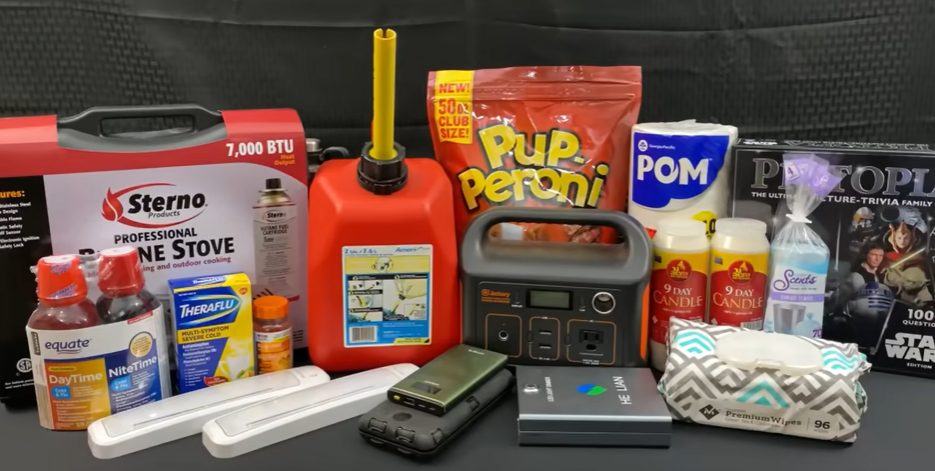
There are a lot more than just these eight items that you can gather to keep your home functioning for your family as normal as possible, but for me, these are my foundations. However, what I have learned in using them is that I feel like I have moved a little more off-grid per se, in the sense that I am actually making my own foods, I am able to sterilize my own water, provide my own power and communicate without the need for a phone service. Sure, I have a lot more to accomplish before I am completely off-grid, but for the time being, my family and I are pretty happy where we are.
I am interested to see if there are any items you rely upon that I haven’t included in this list, let me know in the comments section below.


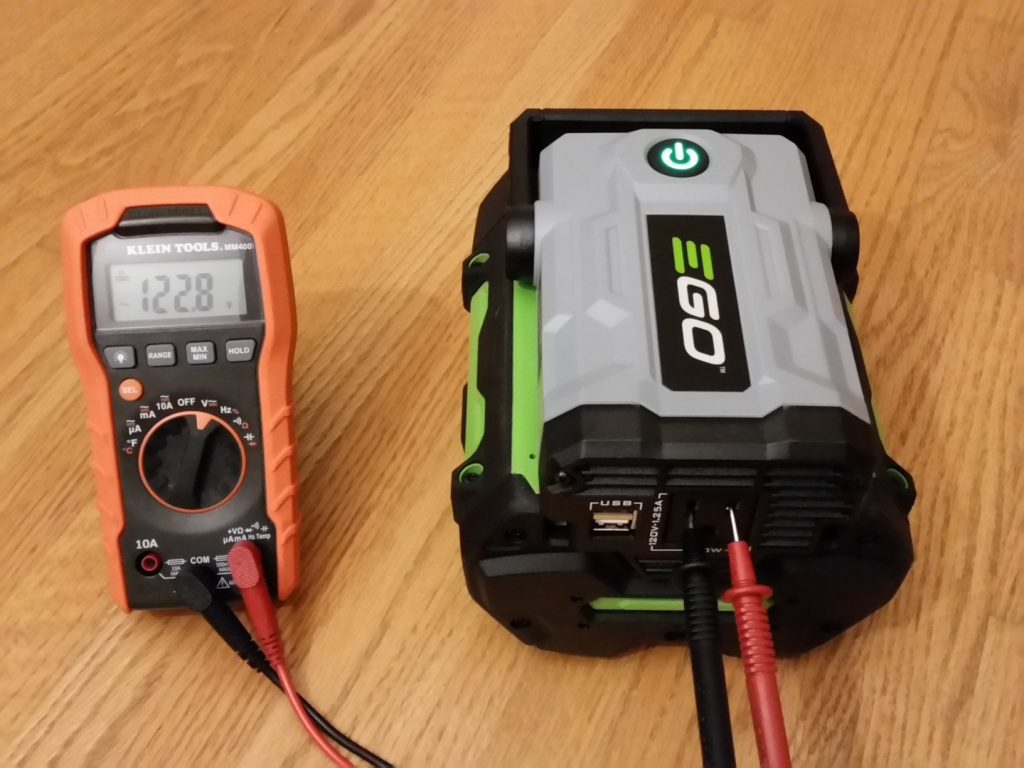
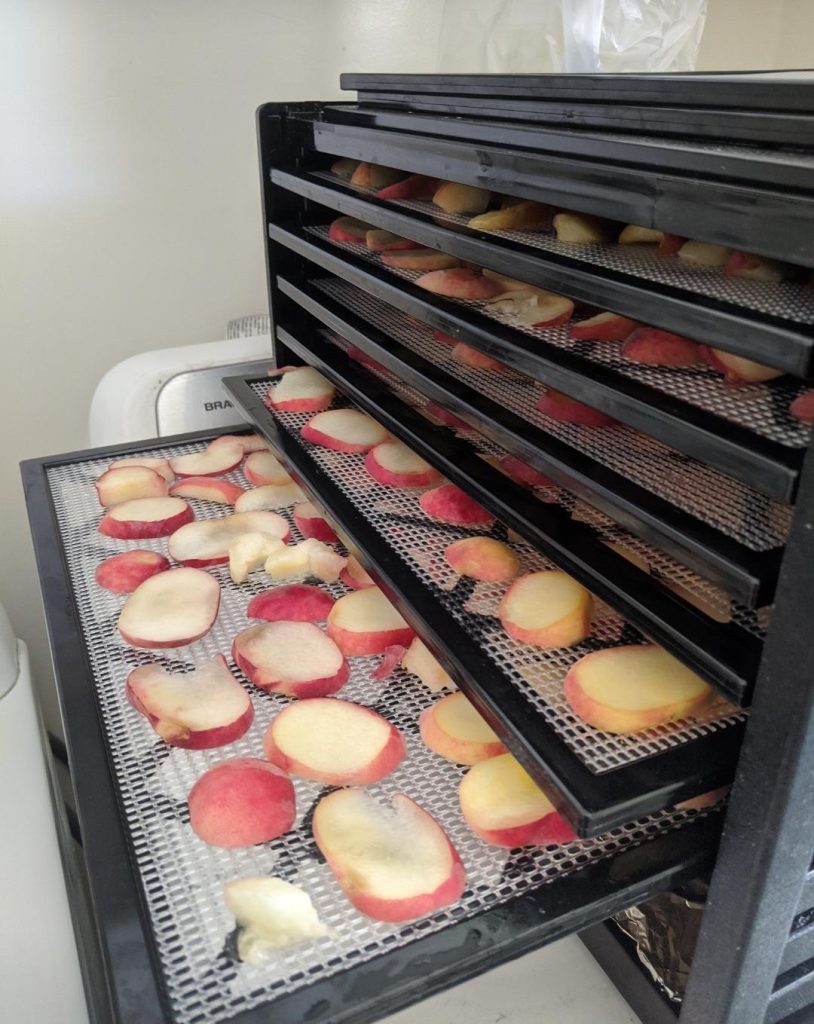
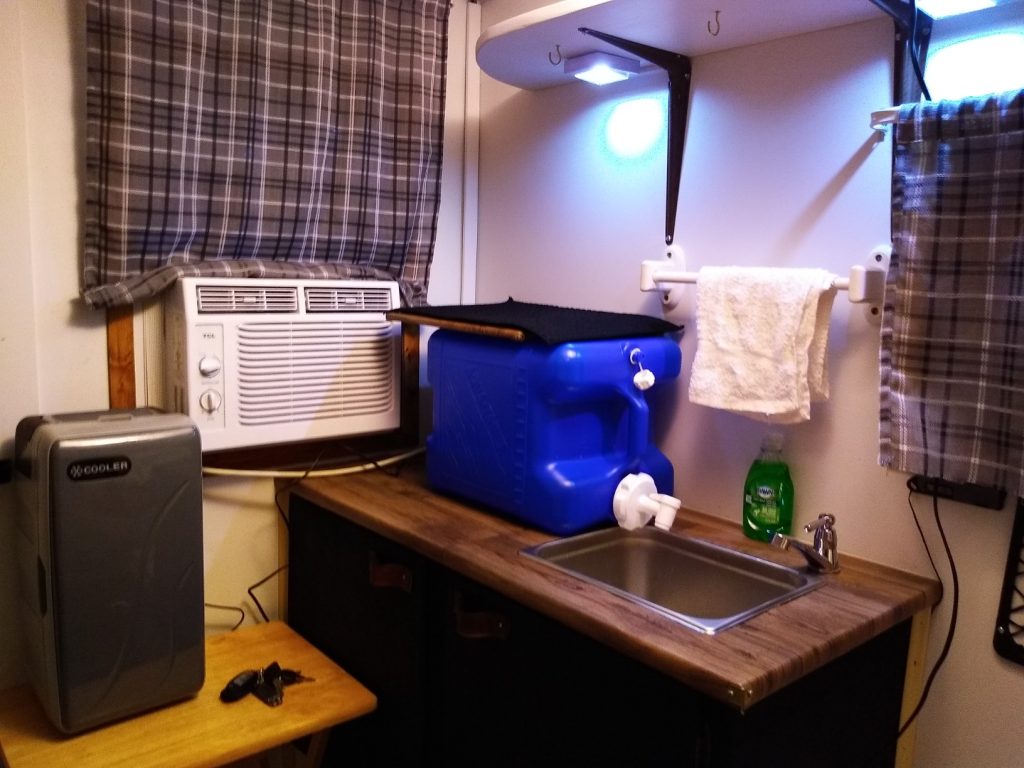
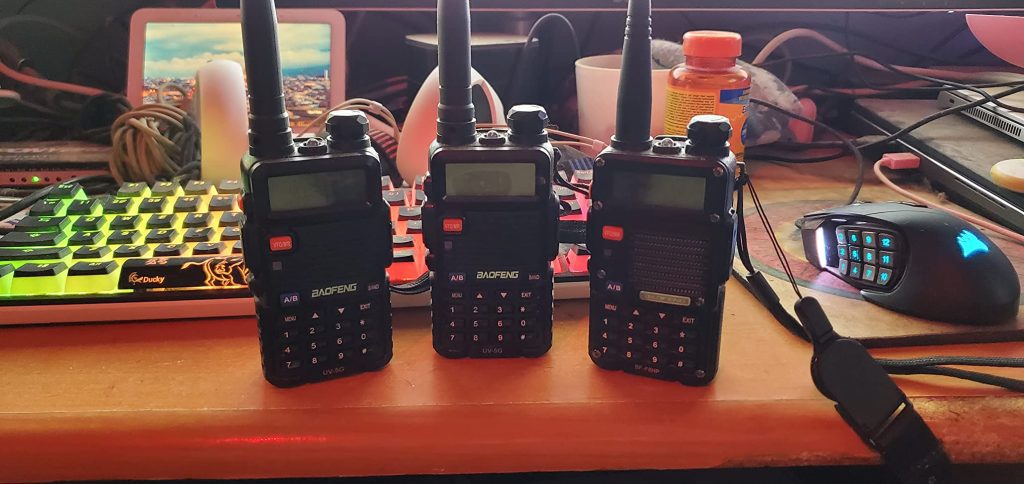

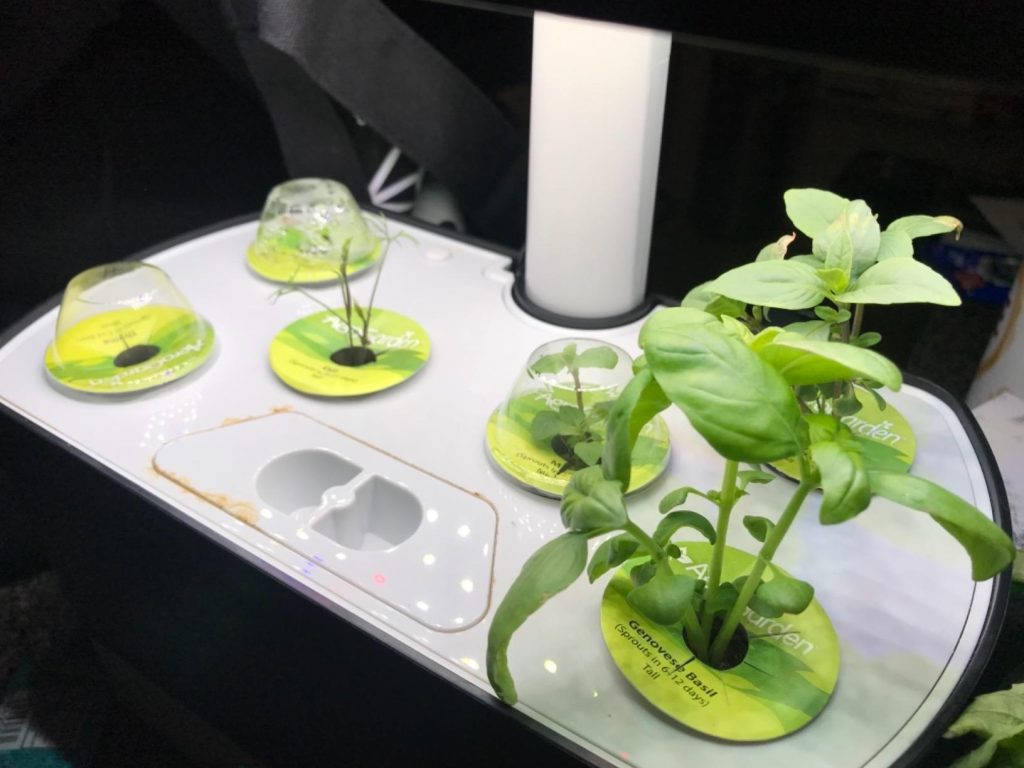
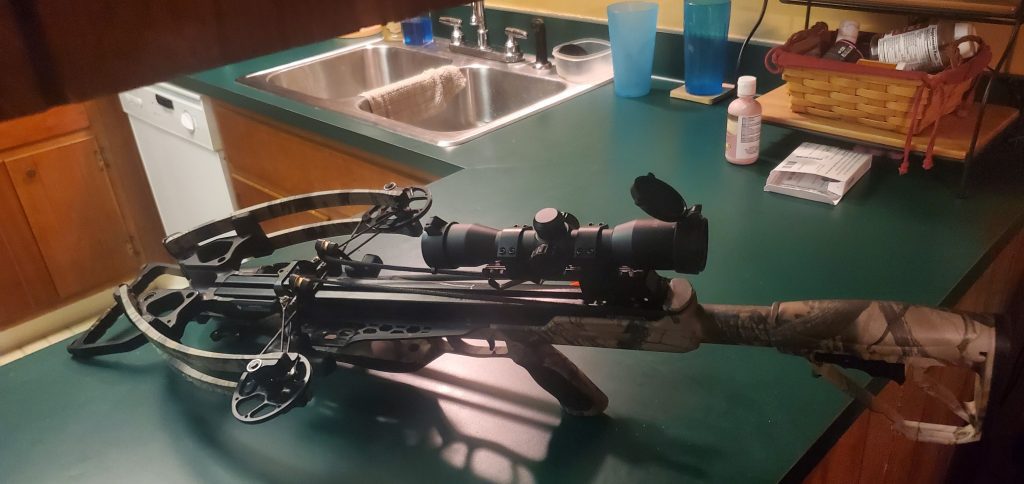
Thank you so much!! ?
Great post Ben!